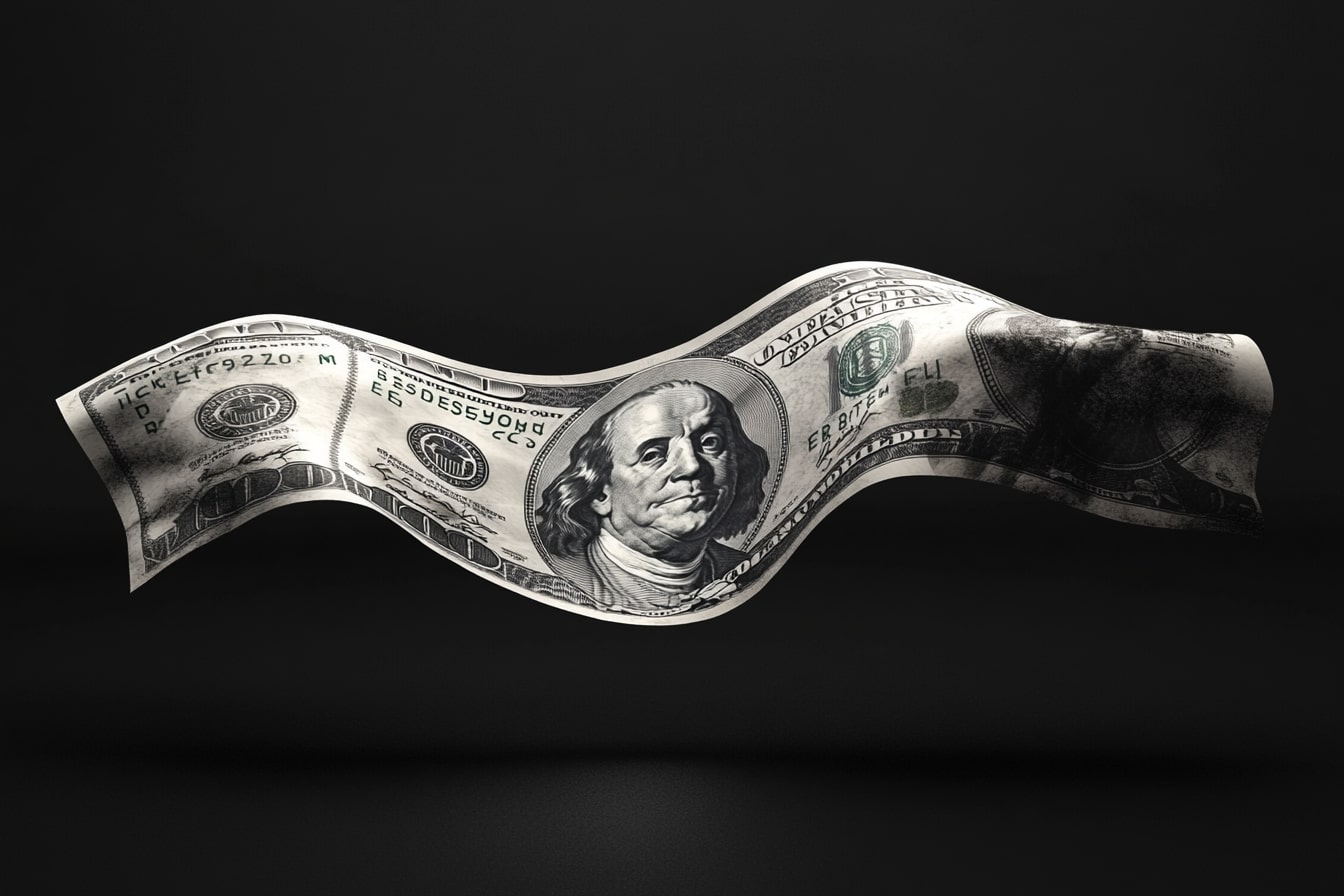EUR/USD: Bullish or Bearish? The Impact of Recent Price Movements and Trends
The EUR/USD currency pair has experienced significant volatility recently, with a consistent sell-off dominating the first three days of the week. This pattern marked a six-day streak of losses, which came to a halt when the 200-day moving average provided crucial support, leading to a bounce into the end of the week. The support at this key moving average suggests potential for further upward movement in EUR/USD as we head into the second quarter of 2025.
Looking at the broader picture, EUR/USD has performed well in Q1, showing a +4.5% gain, making it the second strongest quarter in the past seven years for the currency pair. This stands in stark contrast to the consistent sell-off experienced in Q4 of the previous year. The monthly candlestick patterns in January and February showed indecision, with doji formations signaling stalled momentum from sellers. It was the breakout in March that marked a turning point, where EUR/USD surged by over four big figures in a short time, only to encounter resistance at the 1.0943 Fibonacci level. This level has held strong multiple times in March, suggesting significant resistance for EUR/USD bulls.
EUR/USD's Resistance and Support Levels: What’s Next for the Pair?
The 1.0943 Fibonacci level has proven to be a challenging resistance point for the EUR/USD bulls, holding twice against price advances. Despite the pullback from this level, the 200-day moving average provided strong support, preventing a deeper decline and setting the stage for a potential bounce. The price action has created a doji candlestick on the weekly chart, indicating indecision, but with the 200-day moving average holding, the door remains open for bullish continuation as we approach the opening of Q2.
Looking ahead, the key support level for EUR/USD stands at 1.0611, the 38.2% Fibonacci retracement of the same pattern that capped the highs at the 50% Fibonacci in March. If the price continues its bearish trend, this level could act as a jumping-off point for a bullish reversal. On the other hand, the 1.0861 resistance level, along with the Fibonacci level at 1.0865, will be critical for bulls to break through in order to negate the short-term bearish trend. If EUR/USD manages to break this level, we could see a retest of the 1.0909 and 1.0943 levels, and possibly even a push toward the 1.1000 psychological level. However, testing the 1.1000 mark may not be an easy task, given the resistance already encountered in previous months.
Key Levels to Watch: Will EUR/USD Break or Reverse?
Short-term traders should pay close attention to 1.0861, a critical resistance zone for EUR/USD. If the pair can break this level and hold above it, the door will open for further bullish momentum, potentially leading to a re-test of the 1.0943 Fibonacci level and beyond. However, if the 1.0861 resistance holds, EUR/USD may continue its bearish trend, with the next support level at 1.0611 acting as a potential reversal point for the broader bullish trend. Given the current market environment and the challenges at key levels, a pullback to 1.0611 could be an optimal setup for the longer-term bullish potential.
The recent volatility and price action of EUR/USD indicate a market that is caught between two opposing forces: a bullish breakout triggered by March's momentum and a short-term bearish trend following resistance at the 1.0943 Fibonacci level. The ability of the pair to break key resistance levels like 1.0861 will determine whether the bullish trend resumes or if the pair retreats further.
As the market navigates these pivotal levels, it is crucial to monitor any shifts in momentum and be prepared for possible breakouts or reversals. With a strong start to the quarter and the potential for further price action around these key levels, EUR/USD remains a currency pair to watch closely in the coming weeks. The next few trading sessions will be crucial in determining the pair's trajectory, as both bullish and bearish scenarios remain viable. Will EUR/USD overcome resistance or succumb to further sell-offs? The answer lies in the interplay between key support and resistance levels, and only time will tell if bulls can reclaim the momentum at play.

















